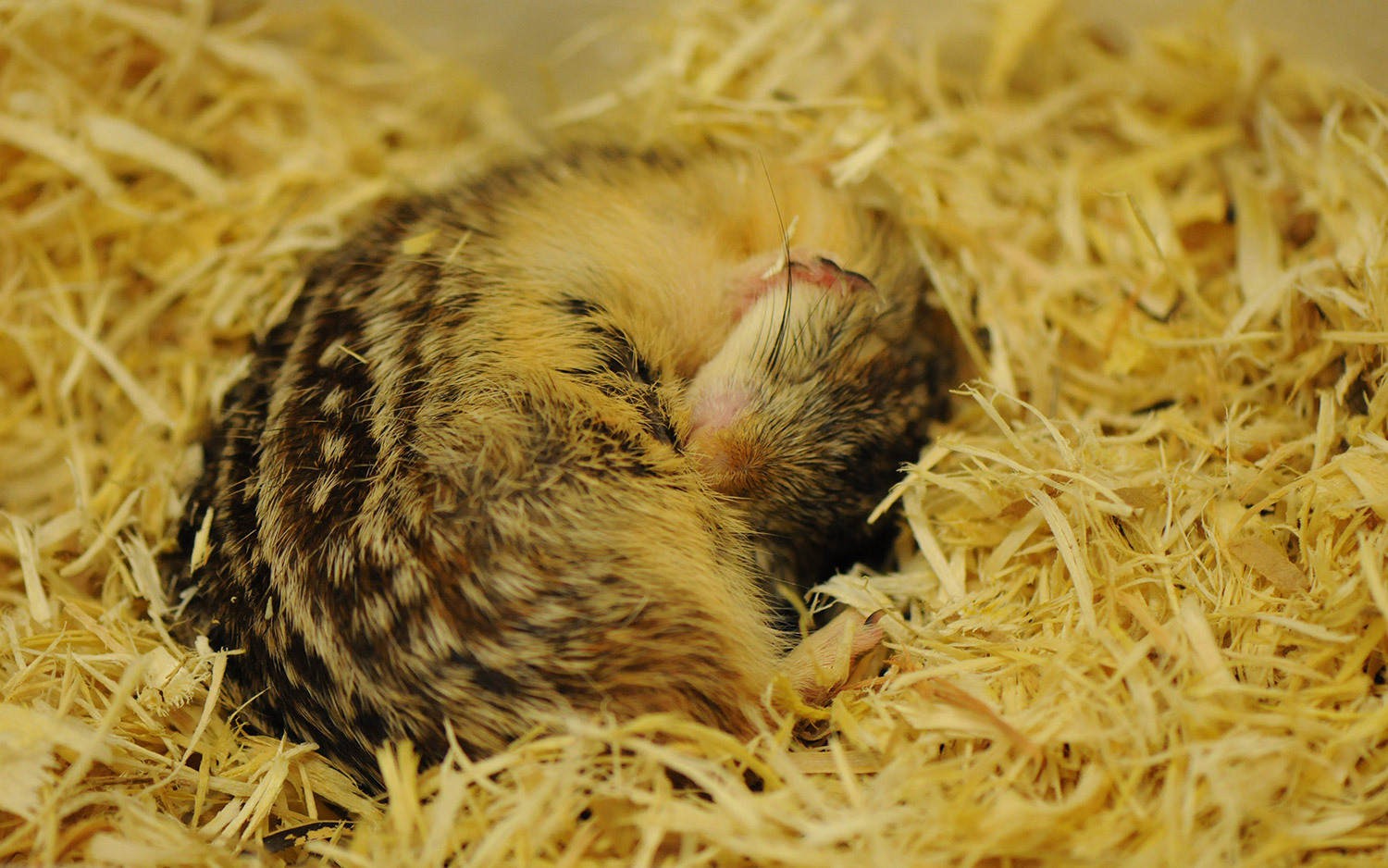How Adorable Hibernating Squirrels Could Help Scientists Preserve Human Organs

Hibernating animals may look lazy, but their bodies are actually accomplishing an outstanding feat: In some cases, hibernating animals lower their core body temperature to near freezing (zero degrees Celsius, or 32 degrees Fahrenheit) and drop their heart rate dramatically.
Now, scientists are trying to unlock the secrets of hibernation to aid in medical advances. For example, figuring out how the cells of hibernating animals adapt to cold temperatures may help scientists extend the storage life of human donor organs awaiting transplantation, the researchers said in a new study.
In addition, such findings could one day help researchers improve a therapy called induced hypothermia, in which a person's body temperature is deliberately lowered after a cardiac arrest or brain injury. This therapy can help protect the brain in such patients, but it can have side effects due to cold-induced cellular damage.
"By understanding the biology of cold adaptation in hibernation, we may be able to improve and broaden the applications of induced hypothermia in the future, and perhaps prolong the viability of organs prior to transplantation," Wei Li, a senior investigator in the National Eye Institute's Retinal Neurophysiology Section and study co-author, said in a statement. Li noted that currently, donor kidneys can be stored for no more than 30 hours before the tissues start to deteriorate. [The 12 Weirdest Animal Discoveries]
Send in the squirrels
For the new study, the researchers focused on the thirteen-lined ground squirrel (Ictidomys tridecemlineatus), a small hibernating rodent that lives in central North America. During their hibernating period the animals dramatically lower their body temperature to just above freezing and lower their heart rate from their usual 200 beats per minute to about 20 beats per minute, according to the University of Michigan.
When studying cells from these animals, the researchers were particularly interested in a cellular structure called the microtubule cytoskeleton, a network of small tubes that provides structural support to a cell and is vulnerable to the cold.
The researchers compared ground-squirrel cells to human cells. They found that the microtubule cytoskeleton in ground-squirrel cells remained intact when exposed to cold temperatures, while the microtubule cytoskeleton in human cells deteriorated.
Get the world’s most fascinating discoveries delivered straight to your inbox.
The study also found that the mitochondria — the "powerhouses" of the cells that provide energy — responded differently to cold if they were from the ground-squirrel cells, compared with human cells. Specifically, the human cells overproduced a byproduct of metabolism called reactive oxygen species (ROS), and it was this high ROS level that caused destruction of the microtubules. In contrast, the ROS levels remained low in the mitochondria from ground-squirrel cells.
In addition, human cells had problems with components called lysosomes, which help with waste disposal inside the cell. During cold exposure, lysosomes in the human cells leaked enzymes called proteases, which digested nearby microtubules, the study found.
Next, the researchers tried to make nonhibernating cells act more like hibernating cells by using two drugs: one that inhibits the production of ATP, a compound that reduces the production of ROS, and another that inhibits protease activity. They found that this drug combination preserved the microtubule structure in cells from nonhibernators when the cells were exposed to cold temperatures.
For most of these experiments, the researchers used a model of hibernation that they created, which they described as "hibernation in a dish." They took cells from a newborn thirteen-lined ground squirrel and reprogrammed them to become stem cells known as induced pluripotent stem cells, which can become any tissue in the body. They hope that this model can serve as a platform for studying other aspects of hibernation.
The study was published yesterday (May 3) in the journal Cell.
Original article on Live Science.

Rachael is a Live Science contributor, and was a former channel editor and senior writer for Live Science between 2010 and 2022. She has a master's degree in journalism from New York University's Science, Health and Environmental Reporting Program. She also holds a B.S. in molecular biology and an M.S. in biology from the University of California, San Diego. Her work has appeared in Scienceline, The Washington Post and Scientific American.



